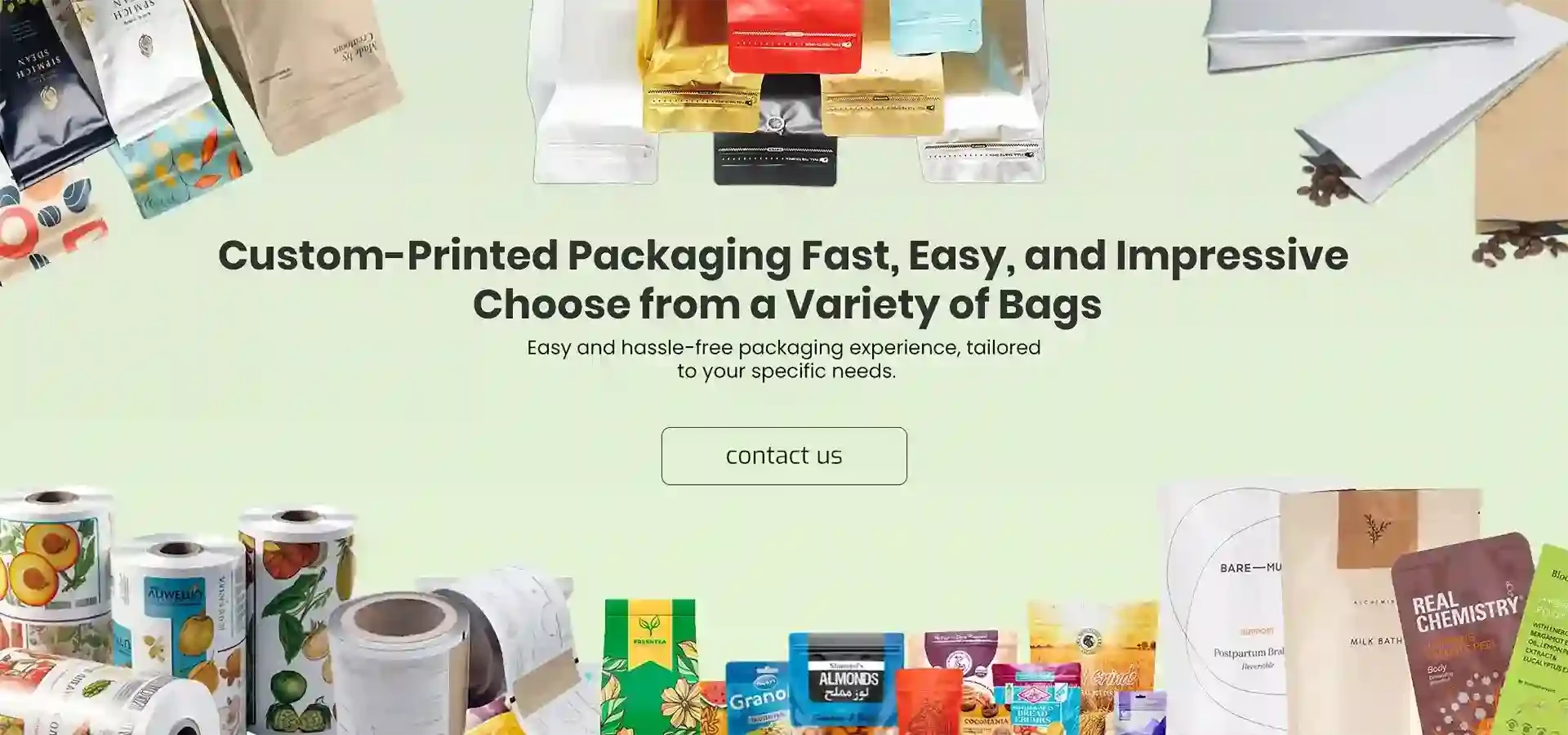- Afrikaans
- Albanian
- Amharic
- Arabic
- Armenian
- Azerbaijani
- Basque
- Belarusian
- Bengali
- Bosnian
- Bulgarian
- Catalan
- Cebuano
- chinese_simplified
- chinese_traditional
- Corsican
- Croatian
- Czech
- Danish
- Dutch
- English
- Esperanto
- Estonian
- Finnish
- French
- Frisian
- Galician
- Georgian
- German
- Greek
- Gujarati
- haitian_creole
- hausa
- hawaiian
- Hebrew
- Hindi
- Miao
- Hungarian
- Icelandic
- igbo
- Indonesian
- irish
- Italian
- Japanese
- Javanese
- Kannada
- kazakh
- Khmer
- Rwandese
- Korean
- Kurdish
- Kyrgyz
- Lao
- Latin
- Latvian
- Lithuanian
- Luxembourgish
- Macedonian
- Malgashi
- Malay
- Malayalam
- Maltese
- Maori
- Marathi
- Mongolian
- Myanmar
- Nepali
- Norwegian
- Norwegian
- Occitan
- Pashto
- Persian
- Polish
- Portuguese
- Punjabi
- Romanian
- Russian
- Samoan
- scottish-gaelic
- Serbian
- Sesotho
- Shona
- Sindhi
- Sinhala
- Slovak
- Slovenian
- Somali
- Spanish
- Sundanese
- Swahili
- Swedish
- Tagalog
- Tajik
- Tamil
- Tatar
- Telugu
- Thai
- Turkish
- Turkmen
- Ukrainian
- Urdu
- Uighur
- Uzbek
- Vietnamese
- Welsh
- Bantu
- Yiddish
- Yoruba
- Zulu
cardboard carton types
Understanding Cardboard Carton Types A Comprehensive Guide
Cardboard cartons are essential in various industries, from packaging goods for shipping to providing retail solutions. Understanding the different types of cardboard cartons and their specific applications can significantly enhance the efficiency of your packaging processes. In this article, we will explore the most common types of cardboard cartons, their characteristics, and their uses.
1. Regular Slotted Container (RSC)
The Regular Slotted Container is one of the most popular types of cardboard cartons. It is made from a single sheet of cardboard, scored and folded to create a box with flaps that meet at the center when closed. RSCs are versatile and can be used for various products, including electronics, food, and household items. Their design allows for easy assembly and storage, making them a favorite in many warehouses.
2. Half-Slotted Container (HSC)
Similar to the RSC, the Half-Slotted Container (HSC) has no bottom flaps, making it easier to load items into the box. This type of carton is particularly useful for displaying products in retail settings, as it can be used as a shelf display or shipping container. HSCs can be found in stores for packaging smaller items, such as cosmetics and toiletries, offering a neat and organized presentation.
3. Full Overlap Slotted Container (FOL)
The Full Overlap Slotted Container features flaps that fully overlap when closed, providing extra protection for the contents inside. This type of carton is ideal for heavier or fragile items that require additional support during transportation. FOLs are commonly used in the automotive or industrial sectors, where the durability of the packaging is critical to ensure that products arrive safely.
4. Die-Cut Boxes
cardboard carton types

Die-cut boxes are custom-made cartons that can be tailored to fit specific products. They can be designed in various shapes and sizes, allowing for optimal product fit and protection. These boxes often have unique features such as handles or ventilation holes, making them suitable for a wide range of applications, including food packaging and electronics. Die-cut boxes provide a branded packaging solution that enhances the overall presentation of the product.
5. Telescope Boxes
Telescope boxes consist of two pieces a lid and a base that fit over one another. This design offers additional protection and is especially useful for long or oddly shaped items. Telescope boxes are commonly used for packaging garments, tools, and fragile items, ensuring that the contents are well-protected during shipping and handling.
6. Multi-Depth Boxes
Multi-depth boxes feature predetermined score lines that allow for easy resizing to fit various products. This versatility reduces the need for multiple sizes of boxes, making it an economical choice for businesses. The ability to adjust the box’s size without compromising its strength makes it appealing for e-commerce and retail applications.
7. Specific Design Cartons
Apart from the standard types, many companies opt for specific design cartons that meet particular needs. For example, food-grade cartons are designed to comply with safety regulations for edible products, ensuring that they are safe for packaging perishable goods. Additionally, cartons designed with moisture-resistant coatings are ideal for products that may be affected by humidity or wet conditions.
Conclusion
The right choice of cardboard carton can profoundly impact packaging efficiency and product protection. Understanding the various types of cardboard cartons, from Regular Slotted Containers to Die-Cut Boxes, allows businesses to make informed decisions tailored to their unique packaging needs. By selecting the appropriate carton type, companies can not only enhance product safety during transport but also improve the overall customer experience. As e-commerce continues to thrive, having a grasp of these packaging solutions is more crucial than ever.













